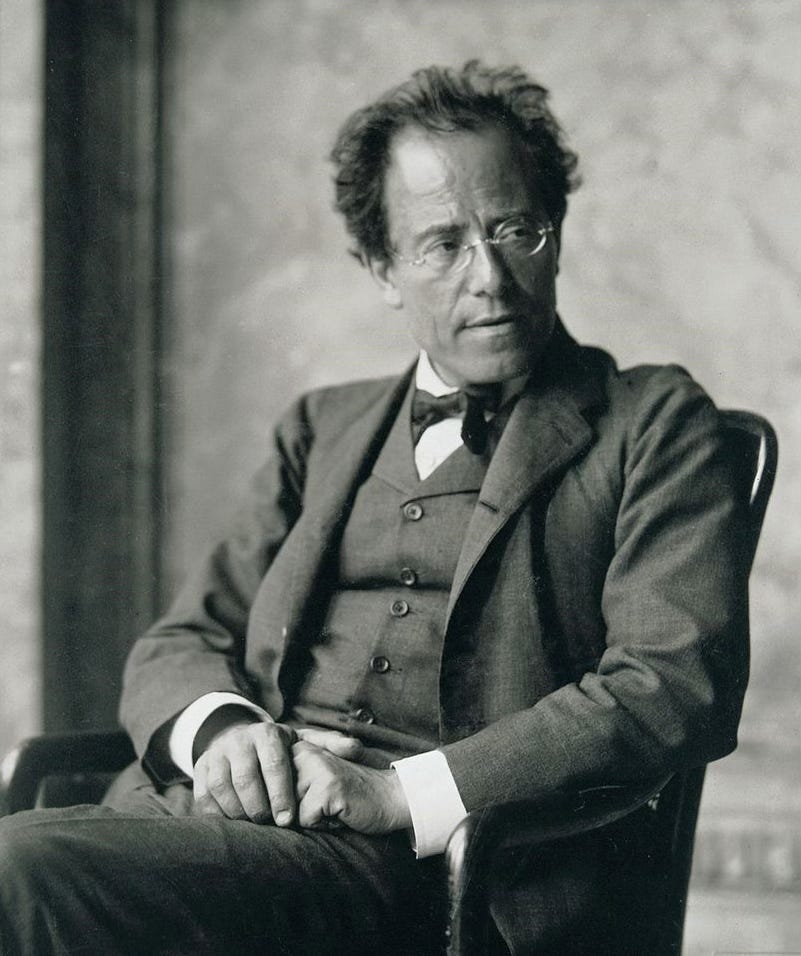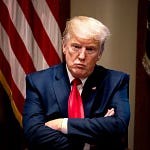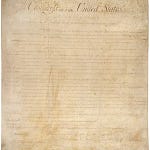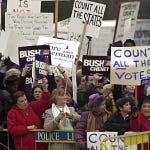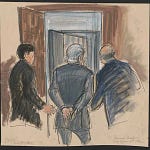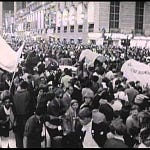This Day in Legal History: Lord Haw-Haw Sentenced
On September 19, 1945, William Joyce—infamously known as “Lord Haw-Haw”—was sentenced to death by a British court for high treason. Joyce had gained notoriety during World War II for broadcasting Nazi propaganda over German radio to British audiences, aiming to demoralize Allied troops and civilians. Born in Brooklyn, New York, and raised in the UK and Ireland, Joyce later became a naturalized German citizen and an enthusiastic supporter of Hitler. His broadcasts, delivered in a nasal, sneering voice, opened with the phrase “Germany calling,” and earned him the derisive nickname "Lord Haw-Haw" from British listeners.
After the war, Joyce was captured by British forces in Germany and brought back to the UK to stand trial. Despite his German citizenship, the court ruled that he had committed treason because he had held a British passport when he began working for the Nazis. His legal defense argued that he owed no allegiance to Britain at the time of the broadcasts, but the court held that possession of the passport created a duty of allegiance. The case raised significant questions about the limits of national loyalty and the reach of British treason laws.
On January 6, 1946, Joyce was executed by hanging at Wandsworth Prison, becoming one of the last people to be executed for treason in the UK. The trial and execution were controversial, with some legal scholars and public commentators questioning the soundness of the court’s interpretation of allegiance. Nevertheless, the sentence was seen by many at the time as a necessary response to one of the most prominent domestic collaborators of the war.
The National Institute for Occupational Safety and Health (NIOSH), long considered a cost-effective and critical pillar of U.S. workplace safety, has been effectively dismantled under the Trump administration’s 2025 restructuring efforts. The agency, a division of the CDC responsible for certifying N95 masks, studying firefighter deaths, and leading occupational health research, saw roughly 90% of its 1,000 staff receive layoff notices on April 1. This move paralyzed core programs, from black lung screenings to PPE certifications, halting NIOSH's role as both a public safeguard and a quiet corporate consultant. The sudden cuts sparked chaos: lab animals were euthanized, crucial research was frozen, and businesses warned of safety gaps and market instability.
Many affected workers have since resigned or are stuck on administrative leave, while others remain in limbo as lawsuits challenge the legality of the terminations. Despite statements from HHS Secretary Robert F. Kennedy Jr. claiming essential functions remain intact, internal confusion and partial walk-backs—like budget proposals still seeking to slash 80% of NIOSH funding—suggest deeper dismantling intentions. Business leaders, labor unions, and safety advocates have united in rare bipartisan pushback, warning of long-term risks to both worker health and industrial standards.
The agency's downfall is part of a broader campaign to weaken the federal workforce, spearheaded by Project 2025 architects and executed with sweeping firings, anti-DEI mandates, and deep budget cuts across agencies. Former government scientists describe the collapse of safety infrastructure as a slow, invisible crisis—where the full damage may not emerge for years. With morale shattered and talent fleeing, the future of U.S. workplace safety research is in jeopardy.
Trump Team Derailed Corporate America’s Most Valuable Consultant
Two major elements of President Donald Trump’s economic agenda—his global tariffs and his attempt to remove Federal Reserve Governor Lisa Cook—are now in the hands of the U.S. Supreme Court, raising pivotal questions about the scope of presidential power. The court has agreed to hear a challenge to Trump's use of the International Emergency Economic Powers Act (IEEPA) to impose sweeping tariffs, a law traditionally used to sanction hostile foreign actors, not manage trade. Arguments are set for November 5. Separately, Trump is seeking to fire Cook, claiming misconduct; however, critics argue this is a pretext for targeting her policy views and that doing so violates the 1913 law establishing the Fed's independence.
Legal scholars warn that siding with Trump in either case could dramatically expand executive authority. Trump has already tested legal boundaries across immigration, diversity, and civil service policy. While lower courts have often blocked his initiatives, the Supreme Court—now with a 6-3 conservative majority including three Trump appointees—has frequently sided with him. The Cook case raises unprecedented constitutional questions, as no president has ever removed a Fed governor.
Meanwhile, Trump's tariff actions have destabilized global trade relations and spurred economic uncertainty, though his allies argue they are central to his economic strategy. A decision favoring Trump in both cases could weaken institutional checks on executive power and erode the principle of independent monetary policy.
Key parts of Trump's economic agenda now in Supreme Court's hands | Reuters
In Washington, D.C., immigrant neighborhoods like Mount Pleasant, Petworth, and Columbia Heights are pushing back against a surge in Immigration and Customs Enforcement (ICE) arrests under President Donald Trump’s intensified immigration enforcement campaign. Local residents have begun organizing in real-time—using chat groups and in-person protests—to disrupt ICE detentions, including a recent case where bystanders successfully pressured officers to release a Guatemalan man. These actions reflect growing distrust and fear within largely Latino communities, where residents report increased racial profiling and aggressive policing.
The Trump administration’s recent declaration of a “crime emergency” in D.C., coupled with the federalization of local police and a heightened ICE presence, has heightened tensions, especially in areas with deep immigrant roots. Community members and advocacy groups say people are being targeted based on appearance or location, not criminal history. Businesses that once bustled with immigrant patrons are seeing sharp declines in foot traffic, as many residents now avoid public spaces out of fear.
Federal officials defend the enforcement as targeting serious offenders, but critics point out that many arrests involve individuals without criminal records. A Supreme Court ruling this month has further enabled ICE to continue race- or location-based arrests. Meanwhile, residents like Yessica Gonzalez and Nelvin Rodriguez say the climate of fear is unlike anything they’ve previously experienced. The increased enforcement has not only disrupted lives but also strained local economies and community trust.
Washington's immigrant neighborhoods push back against ICE arrests | Reuters
The U.S. Senate has confirmed John Squires, a veteran intellectual property attorney and former Goldman Sachs executive, as the new head of the U.S. Patent and Trademark Office (USPTO) under President Donald Trump. Squires takes over at a critical time, as the agency grapples with global competition from China and emerging legal challenges surrounding artificial intelligence in the patent process. His appointment follows a broad push by Senate Republicans to confirm a slate of Trump nominees despite Democratic opposition.
Squires brings a deep background in both corporate and legal arenas, having worked on IP and tech issues at firms like Honeywell and most recently at Dilworth Paxson, where he focused on AI, blockchain, and cybersecurity. He has also taught at the University of Pennsylvania. His predecessor, Kathi Vidal, led the USPTO during the Biden administration and returned to private practice following Trump’s 2024 election victory.
The USPTO plays a vital role in the American innovation ecosystem, handling patent and trademark applications and advising the government on intellectual property policy. The agency's Patent Trial and Appeal Board frequently mediates high-stakes disputes over patent validity, especially in the tech sector. Squires steps into the role amid heightened political scrutiny, including a controversial Commerce Department order to review patents held by Harvard University as part of a broader White House campaign linked to campus antisemitism concerns.
US Senate confirms Trump's pick to run US Patent and Trademark Office | Reuters
This week’s closing theme is by Gustav Mahler.
This week’s closing theme comes from one of the most enigmatic works in the orchestral repertoire: Mahler’s Symphony No. 7, specifically its haunting first movement, Langsam – Allegro risoluto, ma non troppo. Composed between 1904 and 1905 and premiered on September 19, 1908, this symphony marks a fascinating midpoint in Mahler’s artistic evolution—bridging the lush Romanticism of his earlier works with the more fractured, modernist terrain of his later symphonies.
The first movement opens with a dark, slow introduction featuring the eerie voice of the tenor horn, an instrument rarely heard in symphonic writing. Its strange, searching call sets a tone of unease, as if the music is emerging from shadow. What follows is a restless march full of contrasts—grim fanfares, lyrical episodes, and bursts of uneasy energy—all presented with Mahler’s characteristic sense of orchestral color and irony.
Unlike the more spiritual or pastoral moods of Mahler’s other symphonies, the Seventh is often described as "problematic," even "nightmarish"—a label Mahler himself rejected. He referred to the symphony as a progression “from night into day,” and this opening movement represents the beginning of that journey: turbulent, disoriented, and shot through with moments of beauty and menace.
Mahler’s orchestration here is dense and highly detailed, often requiring massive forces and unconventional instruments. Yet beneath its complexity lies a deep emotional current—one that shifts rapidly from the grotesque to the sublime. The movement ends not with resolution but with a kind of defiant uncertainty, a theme Mahler would continue to explore in his final works.
As our closing theme this week, Langsam – Allegro reminds us that the path through darkness is rarely straightforward—and that art, like life, often resists tidy interpretation.
Without further ado, Gustav Mahler’s Langsam – Allegro risoluto, ma non troppo– enjoy!





